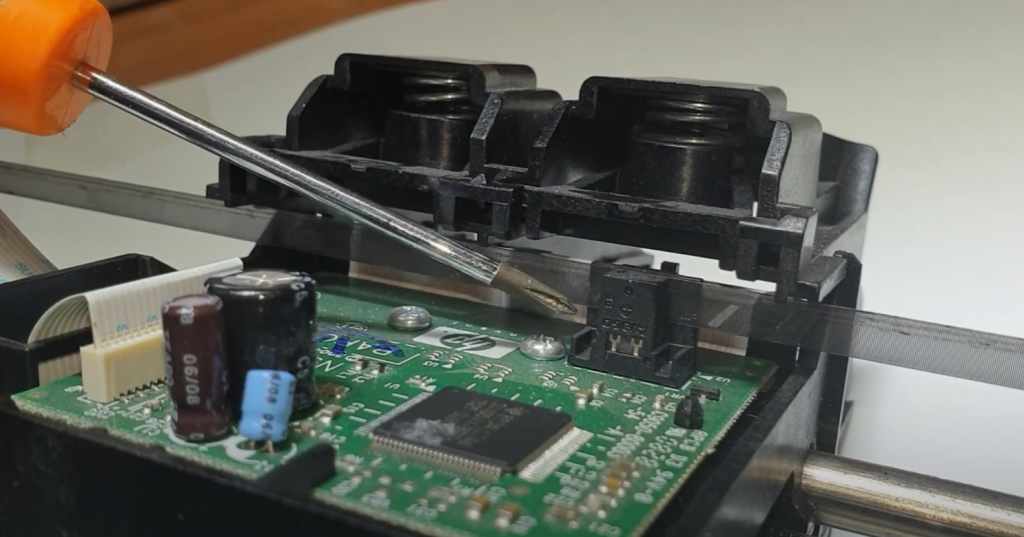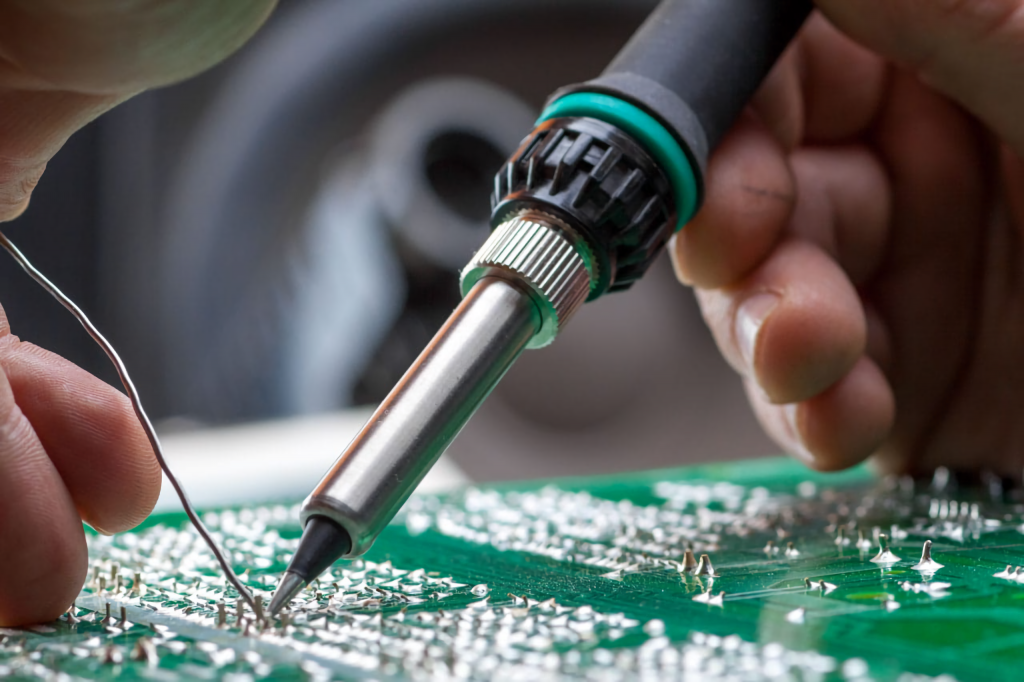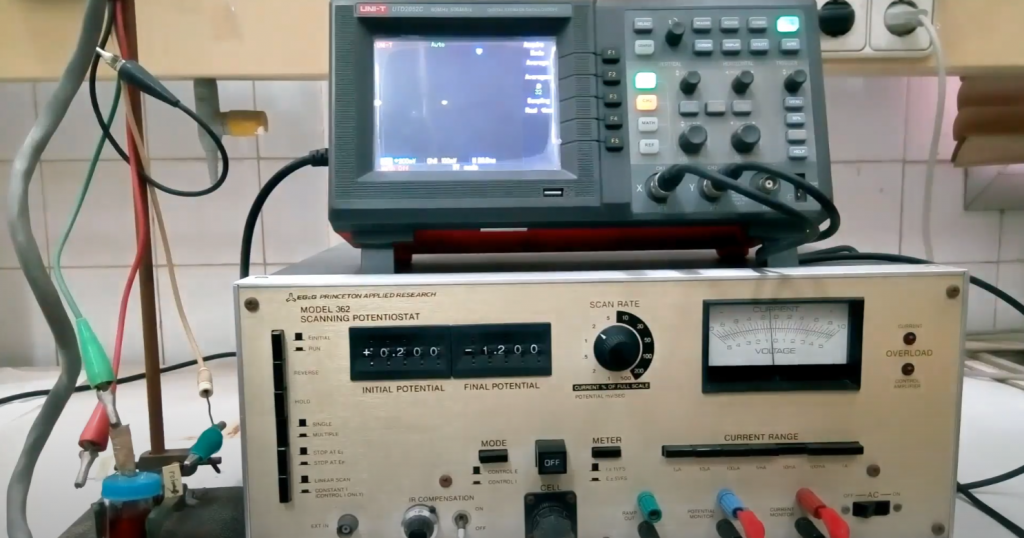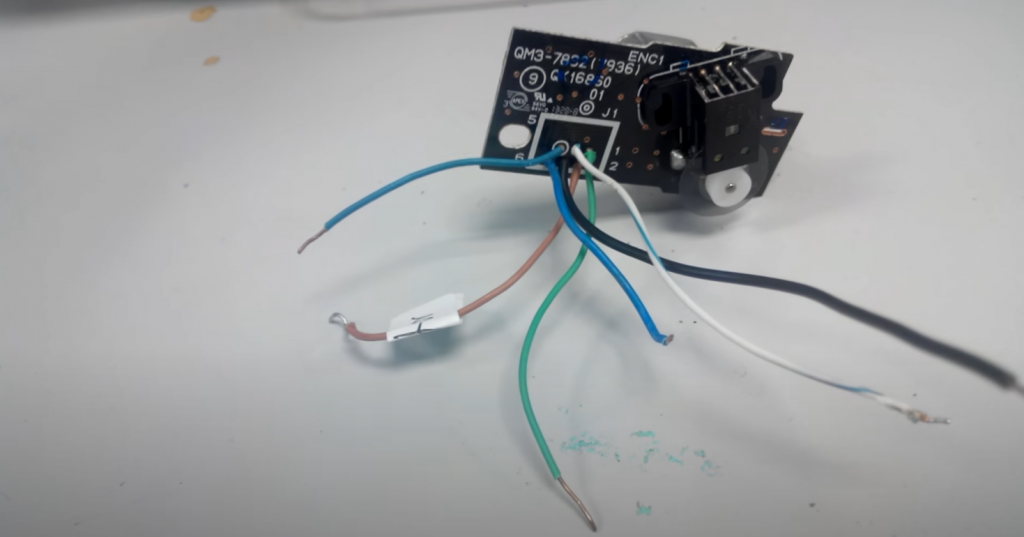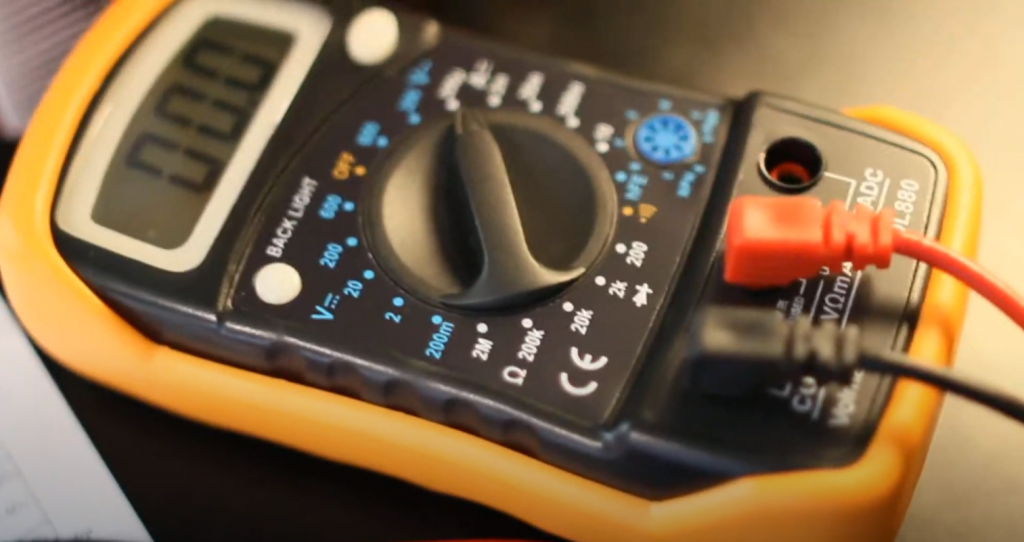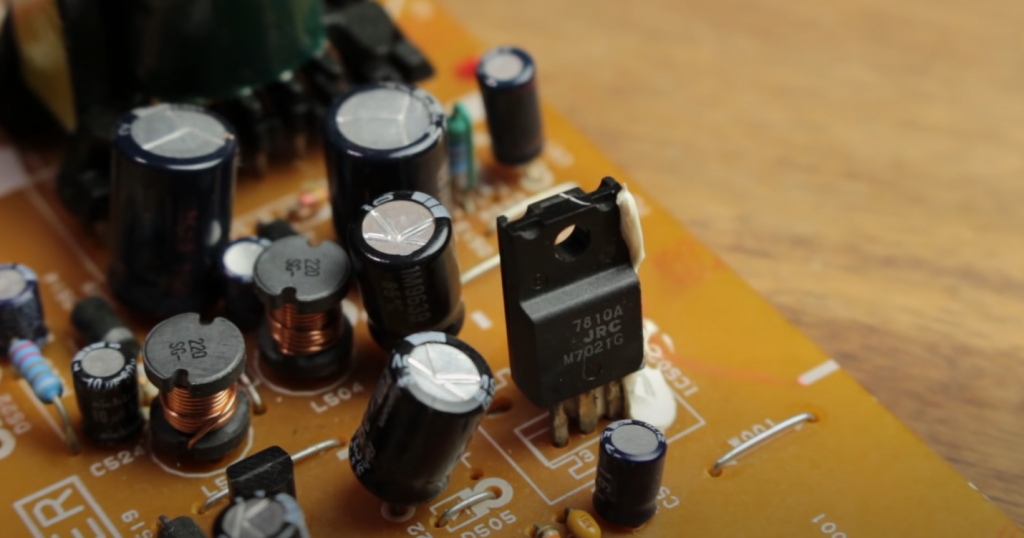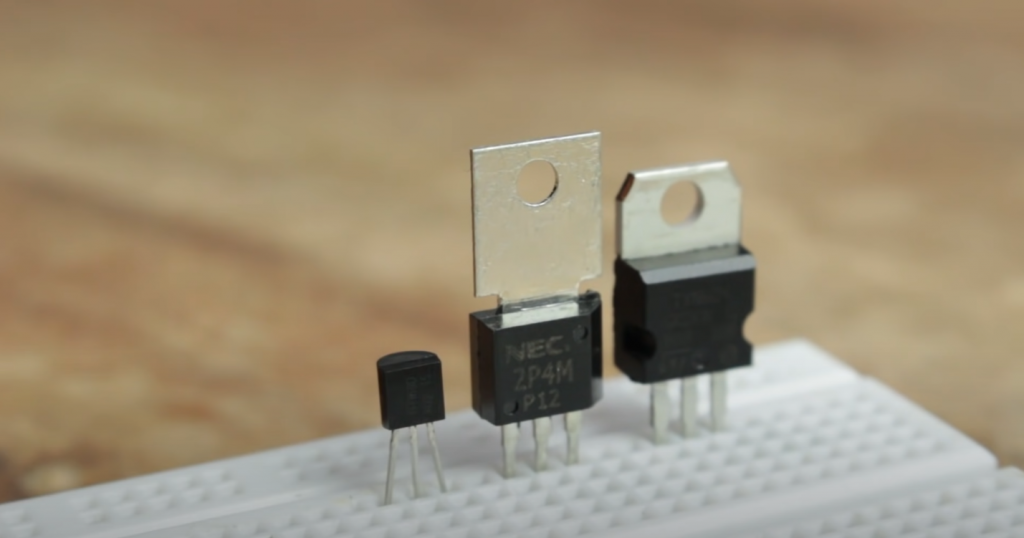A linear encoder is a sensor for monitoring movement, position, or speed along linear axes. The movement of the readout node relative to the scale generates pulses that report the movement information to a receiving device.
These devices are called linear devices because they are used to measure the linear movements of an object. This refers to determining its position, speed, acceleration, and other parameters. In any case, only a linear-type motion will be measured. If you want to measure the movement of rotating objects or moving on curved trajectories, then you need to choose among other types of encoders.
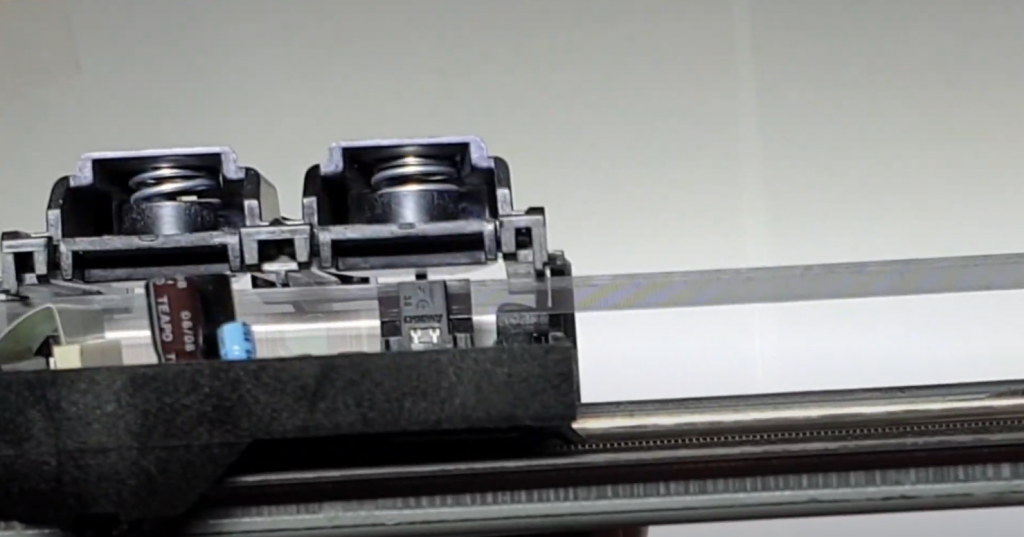
The device consists directly of an encoder unit and a special magnetic rail on which magnets are applied in a certain sequence. In addition, the scanning area includes special integrated magnetic resistor sensors, which measure objects’ absolute or relative position.
Due to their protected housing, these encoders can be used in various environments – liquid and gaseous, solid and bulk solids.
The most common applications are non-contact metering, so parts of the device do not wear out and can serve for a long time.
Working Principle
Linear encoders consist of a compact reading head that moves on a magnetic tape with a special code that forms a kind of scale for measurements.
Two tracks are recorded on the tape:
- incremental;
- absolute.
To accurately read the absolute value, the head reads the two tracks simultaneously (non-contact method). After the signal from the track is read, its value (i.e., information about the movement and coordinates of the object) is sent for processing by some kind of automated system. The transmission can be performed via different interfaces, depending on the installed equipment.
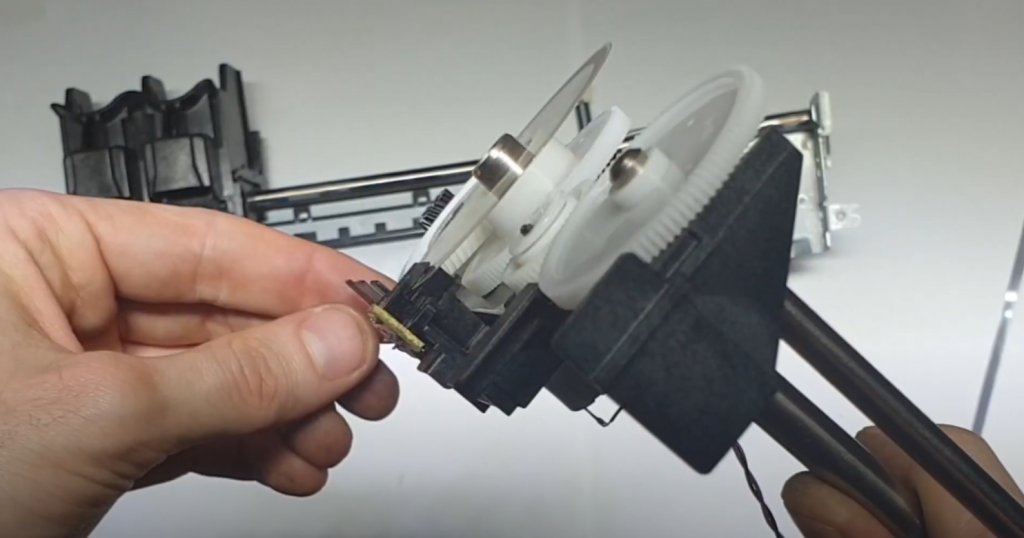
The shaft is made of high-strength steel. Absolute codes under the surface of the shaft are made in the form of small grooves, inside which there is one or another non-magnetic material. Chromium or copper can be used, depending on the specific application of the encoder. The surface of the shaft is then hard chrome plated and polished.
As the scale is passive, no external magnetic field can influence the shaft. In addition, the chrome coating protects against all kinds of contamination. The scale can be rotated without losing its position. Thanks to the careful polishing of the shaft, the encoder does not affect the functionality of the mechanism itself.
The module can include a pair of bearings built into the inside of the housing and made of stainless steel. This ensures the smoothest possible movement with accurate alignment of the encoders over the shaft in adverse operating conditions.
Types of Linear Encoders
There are many varieties of linear encoders. But it is customary to divide these devices according to such defining measures as:
- by demonstration of information – incremental and absolute encoders;
- by functioning – optical, magnetic, or mechanical devices.
Now, mainly non-contact – optical or magnetic models are mounted.
Features of Installation and Use
All types of encoders should be installed by specialists who understand the technological features of production. In this case, you can count on the high-quality installation of encoders and the correctness of their readings.
The devices can be mounted directly to the front of the drives, thus minimizing the size of the entire system and reducing its complexity. In this way, potential equipment failures can be eliminated.
Encoders are used in many industries such as
- electronics projects, like Arduino
- food processing;
- printing;
- woodworking;
- textiles;
- metalworking.
Advantages and Disadvantages
The advantages and disadvantages of linear encoders will depend on the specific type and model. To summarize, the benefits of these devices include:
- Affordability and ease of installation and use.
- A minimum number of errors during pulse counting or their complete absence.
- The universality of application of devices.
- Determination of the parameters of the movement of the measured object.
Of course, there are also disadvantages:
- The possibility of errors during system initialization and during operation. This can occur particularly if the encoder type is incorrectly selected and not installed correctly.
- Some limitations in terms of resolution – if you increase the degree of accuracy, you need to increase the number of channels.
- Ability to measure only linearly moving objects.
As a rule, the disadvantages of linear encoders are also attributed to the purchase of low-quality devices. In this case, all that remains is to remind you of the need to buy equipment from proven vendors.

